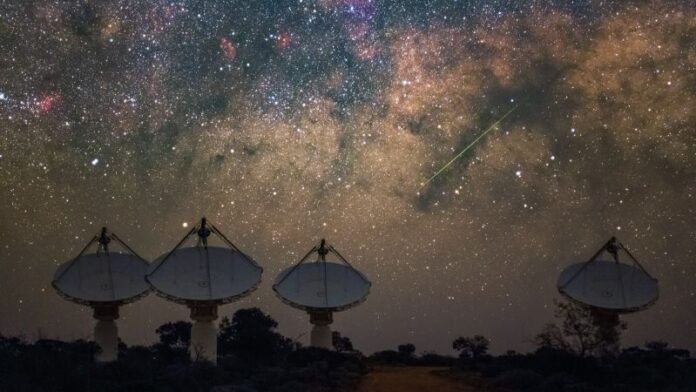
|
Getting your Trinity Audio player ready...
|
🔭 Mysterious Signal from 1960s Satellite Raises New Questions in Astronomy
In a surprising turn of events, astronomers in Australia recently detected a mysterious radio signal that initially appeared to come from deep space. However, the true source was much closer to home—just 4,500 kilometers away. The culprit? Relay 2, a communications satellite launched back in 1964 and presumed long dead.
The signal, which sparked excitement and confusion among researchers, was eventually traced back to this defunct satellite. Experts believe that the sudden burst of energy could have been caused by an electrostatic discharge or possibly a micrometeorite strike—events that can still affect old spacecraft drifting through orbit.
While the discovery may sound like a minor anomaly, it highlights a growing concern in the world of space science: the interference of space junk with astronomical research. As the number of defunct satellites and fragments of debris in orbit increases, the challenge of distinguishing between genuine cosmic signals and man-made noise becomes more difficult.
Researchers warn that such interference not only threatens scientific accuracy but could also obscure the detection of truly important cosmic phenomena. As observatories grow more sensitive and we move toward ambitious projects like the Square Kilometre Array (SKA)—set to be the world’s largest radio telescope—issues like these could become more frequent and disruptive.
This unexpected blip from Relay 2 serves as a reminder that the legacy of our spacefaring past isn’t just orbiting above us—it’s also interfering with our efforts to understand the universe.
What do you think about this discovery?



